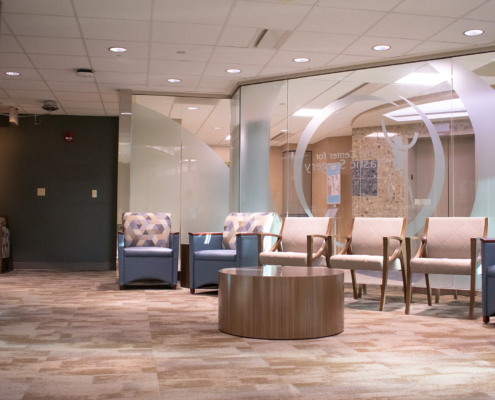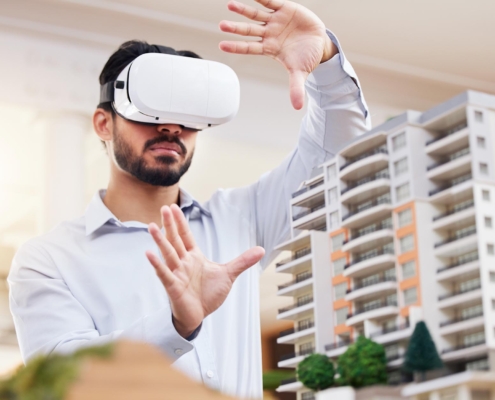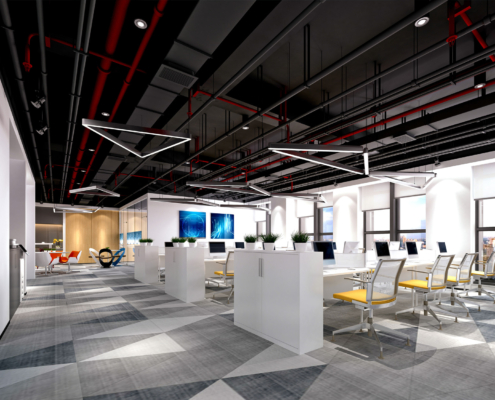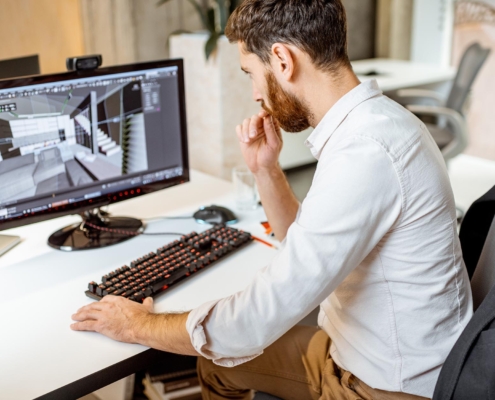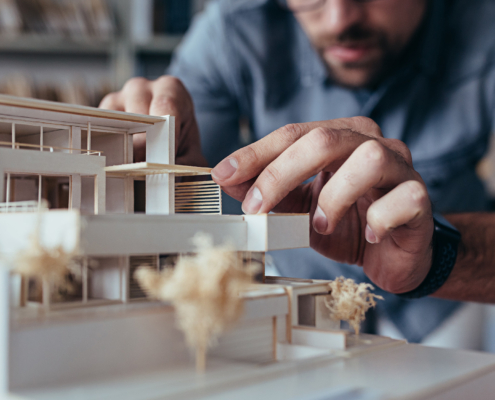 https://www.tdp-arch.com/wp-content/uploads/2025/03/Roots-Church-interior.jpg
1250
2000
Abstrakt Marketing
/wp-content/uploads/2024/09/Torgerson-Design-Partners-Logo.png
Abstrakt Marketing2025-03-28 09:07:212025-04-24 11:55:45Church Renovation Ideas to Enhance Worship Spaces
https://www.tdp-arch.com/wp-content/uploads/2025/03/Roots-Church-interior.jpg
1250
2000
Abstrakt Marketing
/wp-content/uploads/2024/09/Torgerson-Design-Partners-Logo.png
Abstrakt Marketing2025-03-28 09:07:212025-04-24 11:55:45Church Renovation Ideas to Enhance Worship SpacesUnderstanding the Key Elements of Retail Store Design
The design of a retail store goes beyond aesthetics. It involves psychology, marketing, and operational functionality. A well-executed retail store design can influence customer perceptions, encourage purchases, and enhance the overall shopping experience. This comprehensive guide dives deep into the vital aspects of retail store design, shedding light on the significant impact of elements such as lighting, layout, storefront presentation, and personal space on the overall retail environment. Join us as we explore the intriguing world of retail store design and provide insights to bring your retail vision to life.
The Impact of a Well-Designed Retail Layout
A well-designed retail layout does wonders for a store. It’s not just about putting products on shelves; it’s about creating a journey for your customers. The right store layout design can guide them smoothly through the space, making it easy for them to find what they’re looking for and maybe even some things they weren’t.
Effective space management, clear sightlines, and thoughtful product mapping within a retail space can significantly influence buying decisions. For example, the grid store layout is fantastic for grocery stores due to its organized structure, making it easier for shoppers to navigate. On the other hand, the boutique store layout, with its more free-form design, allows for a more personalized shopping experience, ideal for boutique retailers. Choosing the right layout design—be it a grid, loop, or mixed store layout—can maximize foot traffic and boost sales.
A well-thought-out store layout also focuses on leveraging power walls and ensuring there are visual breaks in the retail store design. These elements attract attention and create a compelling customer experience, keeping the target market engaged from the moment they enter to the time they leave. Strategic layout types stimulate customer engagement and make the entire store a place of discovery.
Creating an engaging retail interior design requires understanding your store’s square footage and how to use it to its full potential. Remember, the main goal of your store layout is to make it as easy as possible for customers to navigate and enjoy their shopping experience. With optimized product displays and a focus on layout design, you’re well on your way to achieving this.
Importance of Lighting in Store Branding
Lighting plays a pivotal role in the ambiance of a retail store, directly impacting brand perception and the shopping experience. The right lighting solution can transform a retail store, turning it into a space where customers feel comfortable and motivated to make purchases. Retail merchandising and visual merchandising rely heavily on lighting to enhance product display and visibility.
Different Types of Illumination Techniques
- Ambient Lighting: This is the main lighting source in a store. It provides a comfortable level of brightness without glare, creating a welcoming atmosphere that encourages shoppers to stay longer.
- Task Lighting: Used to highlight specific areas or products, task lighting is crucial for areas like checkout counters or sections where customers need to examine products closely.
- Accent Lighting: This technique is used to draw attention to particular products or displays, creating focal points around the store that guide customer flow and interest.
- Decorative Lighting: Beyond functionality, decorative lighting adds aesthetic appeal to a store, enhancing the brand image and creating a memorable shopping environment.
Utilizing Light to Enhance Product Display
Product display lighting is vital for retail displays. By strategically placing lights, retailers can guide the eye to key products and create moods that complement the brand. For example, warm lights can make a space feel cozy and welcoming, ideal for a boutique layout, while cooler lights can create a modern, high-energy feel, perfect for tech stores. Effective product visibility through lighting not only showcases the items but also influences the shopping experience, encouraging purchases.
At Torgerson Design Partners, we’re proud to maintain an in-house interior design team that helps you elevate your brand with every element within your retail store.
Storefront Design: Creating a Lasting First Impression
The storefront is the customer’s first physical interaction with a brand, making its design crucial for a positive first impression. A compelling storefront design communicates brand identity and values even before a customer steps inside. It sets expectations for the quality and type of products inside, affecting customer perception and the propensity to enter.
Essential Elements of a Compelling Storefront
To create an inviting storefront, focus on key elements such as signage, window displays, and entrance design. Clear, brand-aligned signage attracts attention from afar, while creative window displays intrigue and draw customers closer. A welcoming entrance, free from clutter and obstacles, invites customers into the retail space. These elements combined create a powerful visual statement, setting the tone for the shopping experience.
Strategies to Make Your Storefront Stand Out
- Use bold, reflective materials that catch the eye, no matter the time of day.
- Implement dynamic window displays that tell a story or showcase the latest products, encouraging curiosity and engagement.
- Consider using lighting strategically to highlight your window display and signage, making your storefront visible and attractive at night.
Importance of Personal Space in Retail Store Design
When it comes to retail interior design, understanding the importance of personal space can significantly enhance the customer experience. Shoppers value their comfort and freedom to explore without feeling crowded or pressured. This is where strategic retail store layout plays a pivotal role, ensuring every customer feels welcomed and relaxed throughout their shopping journey.
A well-considered store layout design must account for personal space. Including wider aisles, open spaces, and distinct zones not only improves traffic patterns but also minimizes the sense of overcrowding. This thoughtfulness in design encourages prolonged visits and boosts retail merchandising opportunities.
How to Create a Comfortable Shopping Environment
Creating a comfortable shopping environment starts with a thoughtful store layout design. Here are a few pointers to consider:
- Implement clear sightlines across the entire store to help shoppers orient themselves easily.
- Incorporate visual breaks in your display units to prevent overwhelming your customers.
- Use space management techniques to ensure there’s enough room around each product display for customers to navigate without feeling cramped.
Designing for Retail Store Functionality
Retail store functionality is not just about aesthetic appeal; it’s about creating a space that’s easy to navigate, accessible, and convenient for every shopper. The right flooring choice and a well-planned navigation layout can significantly impact the effectiveness of the retail layout and, subsequently, the customer experience.
Designing for functionality involves a careful balance between store aesthetics and operational efficiency. From the choice of a layout type to the positioning of checkout counters, every element must serve a purpose.
Flooring and Navigation in Retail Stores
The right flooring can dictate the flow of customer traffic. Hard surfaces are ideal for high-traffic areas, offering durability and easy maintenance. Soft flooring, on the other hand, might be reserved for intimate, boutique areas, encouraging customers to slow down and browse.
Navigation is crucial in directing the customer journey within the retail space. Clear signage, a logical store floor plan, and an intuitive layout ensure that customers can find what they’re looking for with minimal effort. Combining these elements effectively can transform browsing into buying.
Designing for Accessibility and Convenience
Accessibility in retail interior design ensures that everyone, regardless of ability, can have a positive shopping experience. This includes wider aisles for wheelchair users, easy-to-reach displays, and user-friendly checkout areas.
Convenience is equally important. Self-service options, multiple payment methods, and clear product organization contribute to a hassle-free customer journey. Remember, your retail store layout should facilitate an effortless flow from entry to exit.
Bring Your Retail Vision to Life With Torgerson Design Partners
Designing a retail space that meets the dual goals of captivating aesthetics and high functionality can be a complex task. Torgerson Design Partners specializes in retail interior design that not only looks stunning but also caters to the practical demands of retail merchandising.
From the initial concept to your store’s grand opening, our team works closely with you to develop a retail store design that aligns with your brand ethos, maximizes your retail space, and delivers an unforgettable customer experience. Whether it’s optimizing your store layout or crafting innovative product displays, we bring your vision to life.
Embrace a retail store design that captivates, sells, and grows with Torgerson Design Partners. Let’s create a retail environment that shoppers love to return to time and time again.



